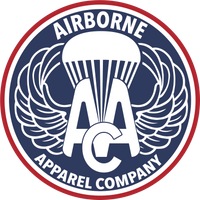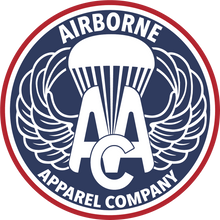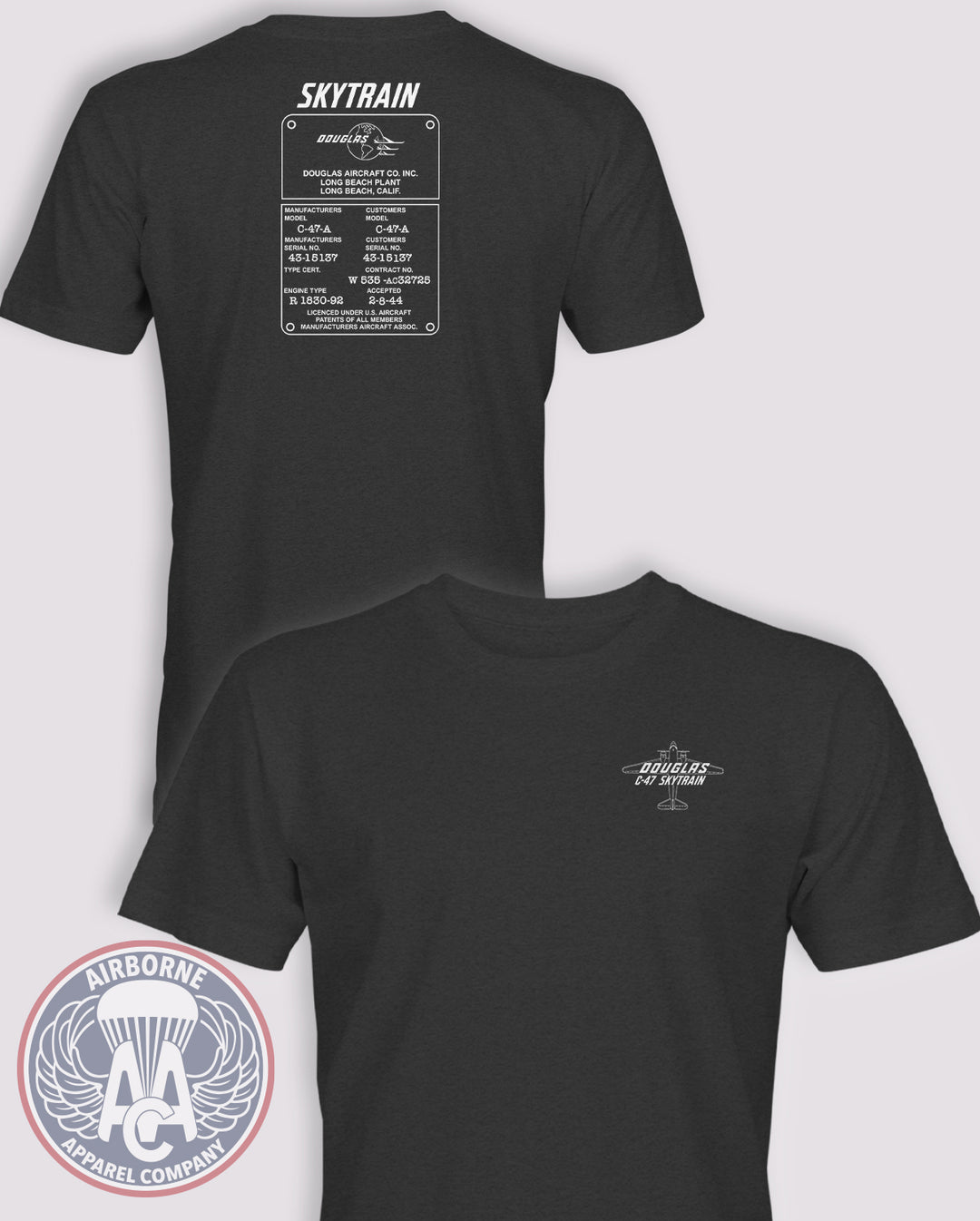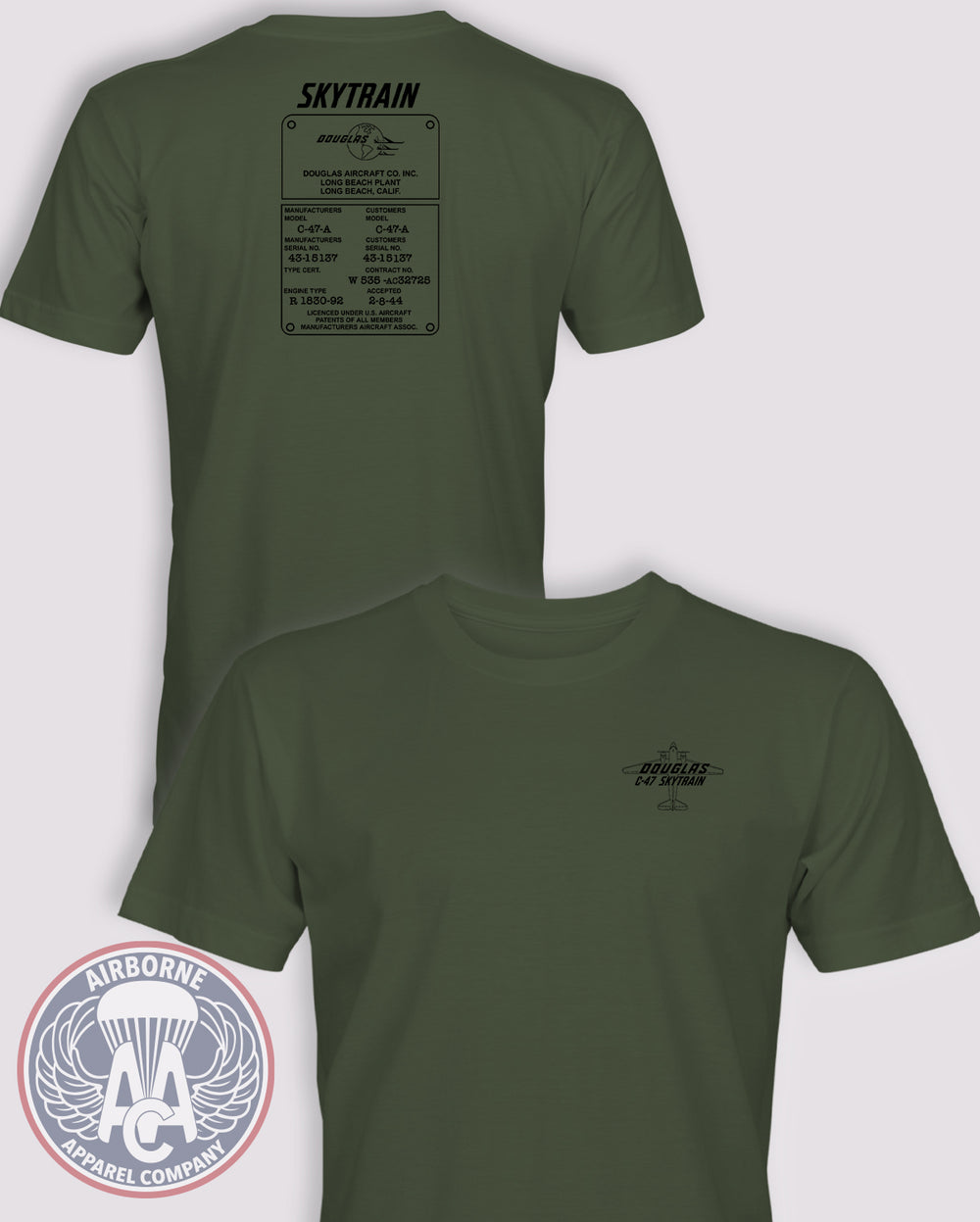The USAAC, during its official existence, was characterized by a push toward modern all-metal monoplanes, often overcoming internal skepticism about the role of independent airpower.
-
Boeing P-26 Peashooter (Pursuit): Introduced in 1932, the P-26 was the USAAC’s first all-metal monoplane fighter. Though quickly obsolete, it represented the crucial transition away from the biplanes of the 1920s and was the USAAC's primary fighter until the Curtiss Hawk family.
-
Martin B-10 (Bombardment): Introduced in 1934, the B-10 was a revolutionary medium bomber, recognized as the world's most advanced bomber at the time. It featured innovations like an enclosed cockpit, internal bomb bay, and retractable landing gear, significantly influencing all subsequent bomber design.
-
Curtiss P-36 Hawk (Pursuit): The P-36 was the standard USAAC fighter in the late 1930s. It was a modern monoplane used by the USAAC to prepare for war, and its successful export sales provided a basis for the development of later Curtiss models.
-
Douglas B-18 Bolo (Bombardment): Based on the Douglas DC-2 airliner, the B-18 was the standard heavy bomber of the USAAC inventory just prior to World War II. It was a stopgap until true strategic bombers could be mass-produced.
World War II Workhorses (USAAF Era)
Following its functional replacement by the USAAF in 1941, the industrial capacity enabled the mass production of aircraft that won the air war and are now internationally famous.
-
North American P-51 Mustang (Pursuit/Fighter): Arguably the most iconic American fighter of World War II. Originally built for the British, the pairing of its advanced airframe with the British-designed Merlin engine (P-51B/C/D models) resulted in a high-altitude, long-range escort fighter capable of accompanying bomber formations all the way to targets deep inside Germany and back. The P-51 was credited with destroying more enemy aircraft in the air than any other USAAF fighter in the European Theater.
-
Republic P-47 Thunderbolt (Pursuit/Fighter-Bomber): Known as "The Jug," the P-47 was a massive, rugged fighter renowned for its ability to absorb immense battle damage. While it excelled as a high-altitude escort, it became the war's most effective fighter-bomber, devastating enemy ground targets across Europe.
-
Lockheed P-38 Lightning (Pursuit/Fighter): Distinctive for its twin-boom design, the P-38 was highly versatile, serving as a fighter, fighter-bomber, and reconnaissance platform (F-5 photo-reconnaissance variant), seeing heavy action in both the European and Pacific theaters. It was flown by America's top ace, Richard Bong.
-
Boeing B-17 Flying Fortress (Heavy Bomber): Conceived during the USAAC era, the B-17 became the primary daylight heavy bomber for the Eighth Air Force in Europe, synonymous with the Allied strategic bombing campaign against Germany. Known for its rugged durability and ability to sustain heavy battle damage and still return home, it was a symbol of American air power.
-
Consolidated B-24 Liberator (Heavy Bomber): The B-24 was produced in greater numbers than any other U.S. aircraft in World War II (over 18,000). It was notable for its exceptional range and heavy bomb load, seeing extensive use in the Pacific and in long-range missions over Europe and North Africa, including the famous low-level raid on the Ploiești oil fields.
-
North American B-25 Mitchell (Medium Bomber): A rugged, twin-engine medium bomber used in every theater. It is best remembered for its role in the Doolittle Raid (April 1942), where it launched from an aircraft carrier to strike the Japanese home islands, providing a vital morale boost early in the war.
-
Douglas C-47 Skytrain (Transport): The C-47, also known as the "Dakota" or "Gooney Bird," was a military adaptation of the DC-3 civilian airliner. It was perhaps the most crucial support aircraft of the war, serving as the standard transport and glider tug for all airborne forces operations (paratroopers and glider infantry) and supply runs in every theater. General Eisenhower cited the C-47 as one of the four instruments essential to Allied victory.
-
Waco CG-4A Hadrian (Glider): As the primary Cargo Glider used by the USAAF, this unpowered aircraft transported troops, jeeps, and artillery into combat zones in every major airborne operation of the war, including Normandy, Operation Market Garden, and Operation Varsity.
-
Boeing B-29 Superfortress (Very Heavy Bomber): The technological apex of USAAF strategic bombing, the B-29 featured a pressurized cabin and remote-controlled gun turrets. It was primarily deployed in the Pacific Theater, where its extreme range enabled it to launch devastating firebombing raids on Japan. The B-29 achieved its most profound historical significance by delivering the two atomic bombs that brought World War II to an end.
-
Sikorsky R-4 Hoverfly (Rotary Wing): Although not a traditional combat aircraft, the R-4 was the first practical American military helicopter and the first to be mass-produced. While its role was limited primarily to training and light utility, it pioneered the rotary-wing technology that would later become crucial to Army Aviation.
The diverse array of aircraft flown by the USAAC and USAAF represents the era when airpower proved its decisive, independent role in global conflict, leading directly to the establishment of the U.S. Air Force in 1947.
Airborne Apparel Company is proud to offer reproductions and unique designs that celebrate the U.S. Army Air Corps legacy.





